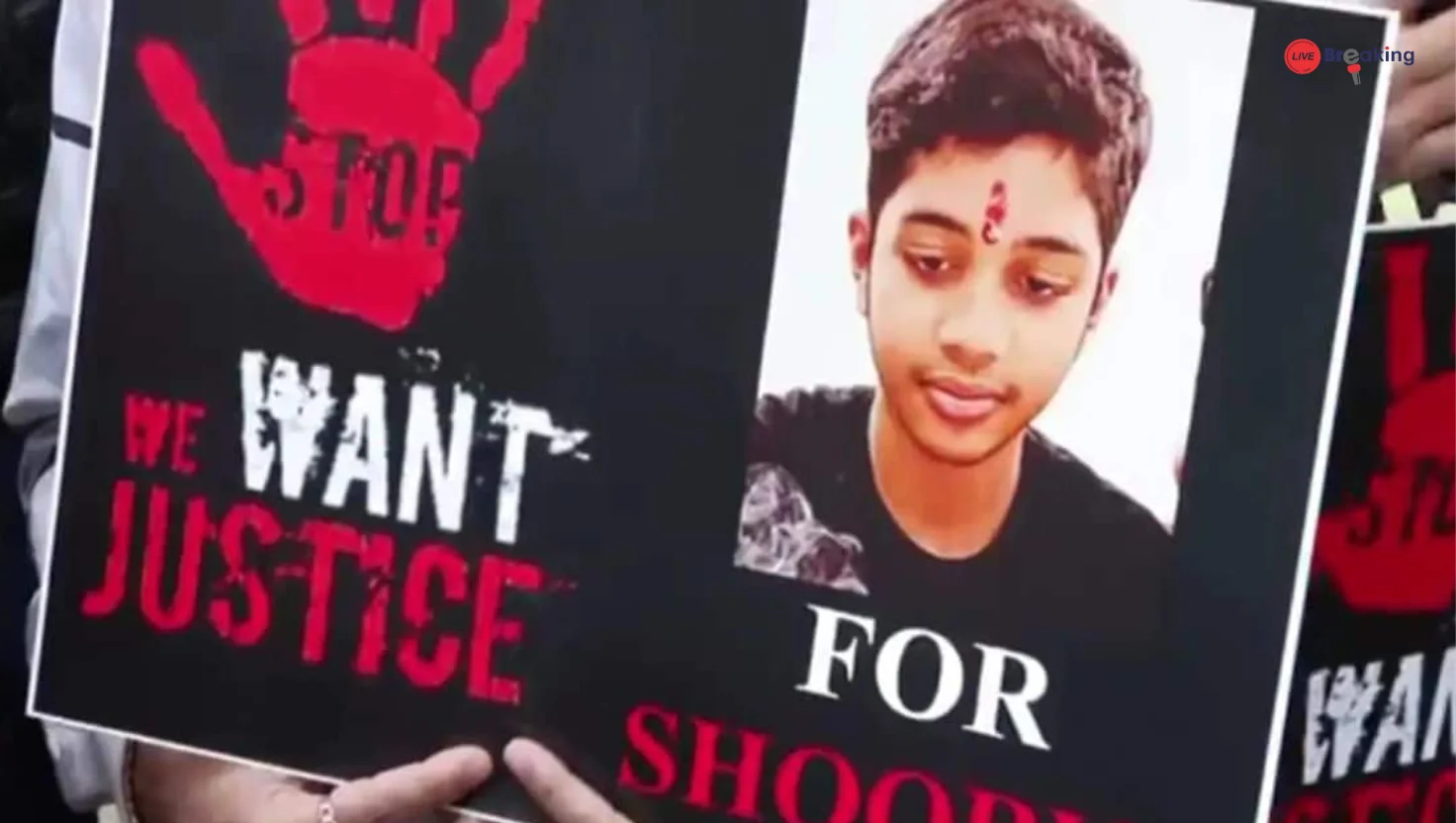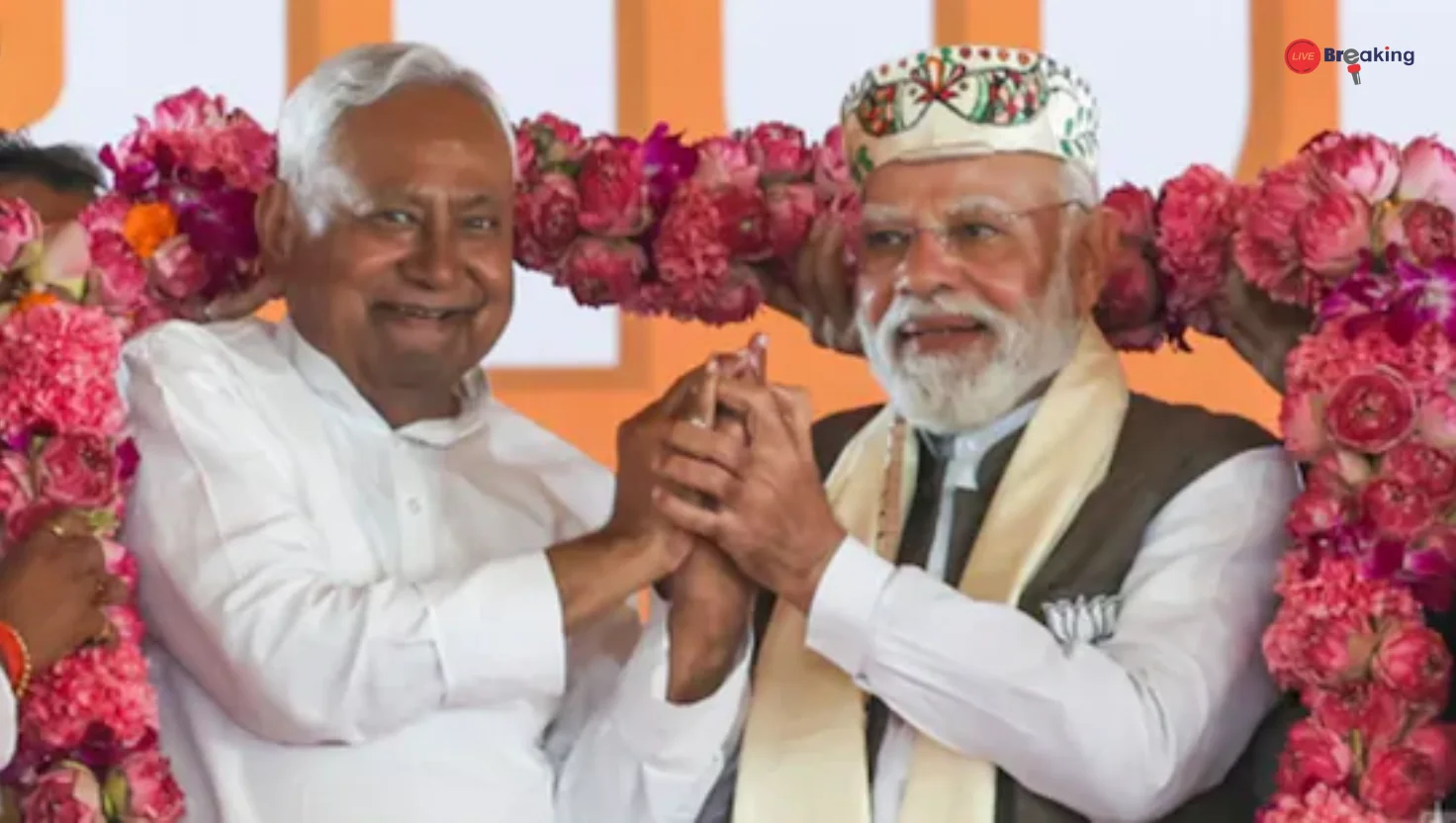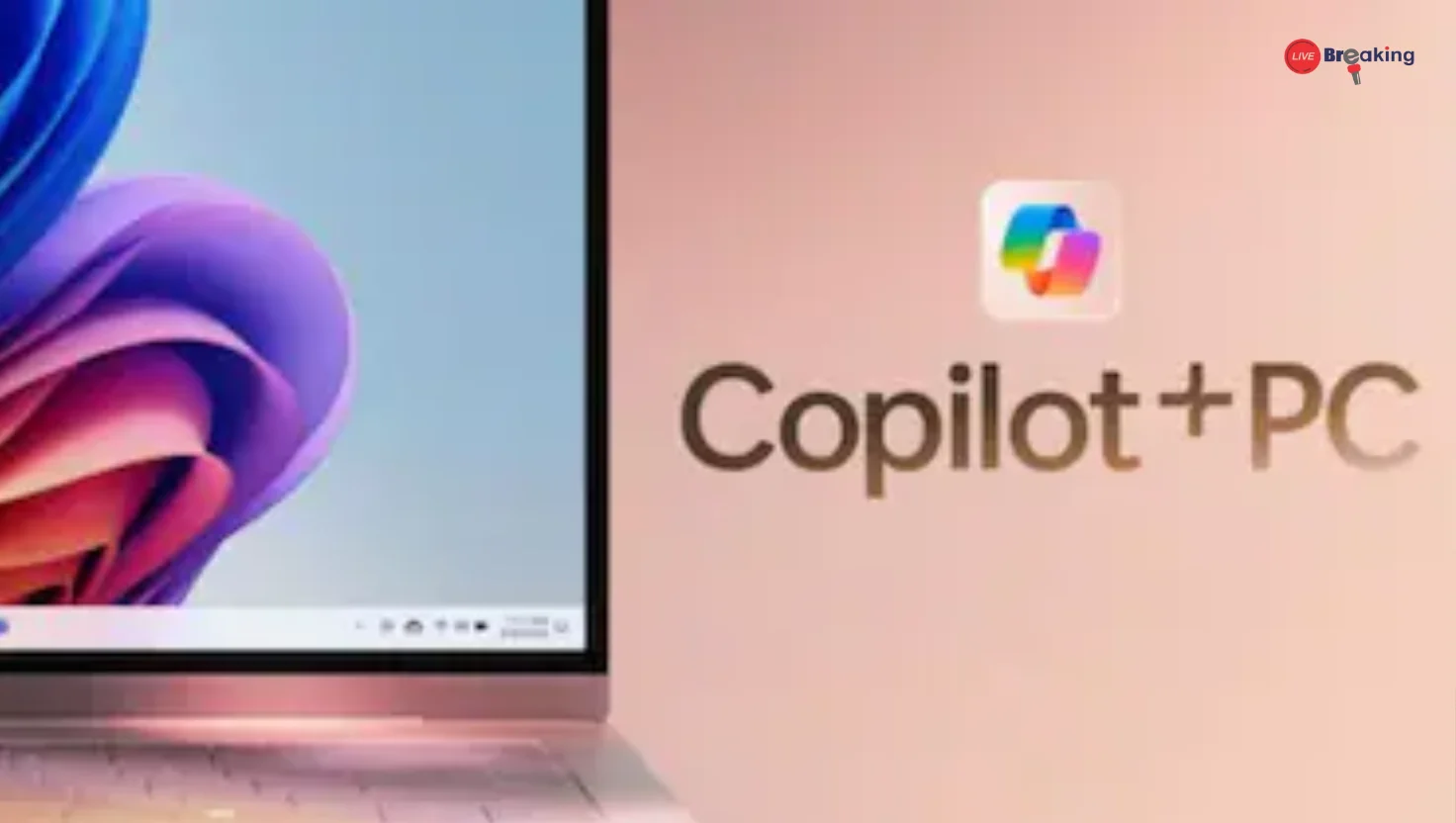‘US Doesn’t Have Enough Talent’: Trump Defends H-1B Visa Plan After Fee Hike
In a marked shift from previous rhetoric, Donald Trump, while still maintaining his administration’s focus on prioritising American workers, conceded in a recent interview that the United States simply lacks certain specialized skills and so must continue to draw on foreign-talent under the H‑1B visa programme. Although his broader immigration agenda has often emphasised restrictions, enforcement and lowering dependence on foreign labour, Mr Trump told host Laura Ingraham that “you don’t have certain talents … people have to learn.” Others, he argued, cannot simply be pulled off unemployment rolls and placed into high-tech jobs.
This acknowledgement comes on the heels of a controversial move by the administration: a steep hike in fees for new H-1B visa applications, part of a broader reform strategy for the programme. Supporters of the recent fee increase hold it as a tool to discourage abuse, while critics view it as a self-inflicted wound to the country’s innovation ecosystem.
What Has Changed: The Fee & the Narrative
Earlier this autumn, Trump issued a proclamation mandating that certain new H-1B petitions submitted after September 21 2025 must include an additional fee of US $100,000—an uptick so substantial that it sent ripples through tech corridors and immigration law circles alike.
On one level, the fee is framed as a mechanism to protect American workers from being displaced or replaced by cheaper foreign labour. On another, President Trump’s recent remarks concede that some roles—particularly those in high-tech, defence, engineering or other niche sectors—cannot simply be filled from existing unemployed or under-employed domestic workers without significant retraining. “You can’t take people off an unemployment line and say, ‘We’re going to make missiles,’” he said.
Thus, the narrative becomes one of dual goals: (1) protecting American labour and wages, and (2) ensuring America remains competitive by accessing needed global talent. In Trump’s words: “We also do have to bring talent into the country.”
The Policy Context: Why the H-1B Is Under Scrutiny
The H-1B visa programme allows U.S. employers to hire foreign workers for “specialty occupations” requiring highly-skilled capabilities—often in tech, engineering, medicine, research, and related fields.
Critics argue the programme has been misused: some employers allegedly replace U.S. workers with lower-cost foreign workers, or outsource work abroad despite hiring under H-1B stamps. These claims have fuelled the Trump administration’s push for reform, including higher fees, stricter enforcement, and greater scrutiny of hiring practices.
In this light, Trump’s statement functions as both a corrective and a signal. Corrective, in acknowledging that the U.S. labour pool has limitations. Signal, in suggesting that despite the stricter rules the administration is imposing, some level of foreign talent remains indispensable.
The Tension: Domestic Workers vs. Global Talent
One of the central contradictions in Trump’s stance lies in the balancing act between protecting American workers and admitting foreign talent. On the one hand, the fee hike and crackdown reflect the “America First” posture—seeking to curb abuses, raise wages, ensure that Americans aren’t undercut. On the other hand, Trump’s admission underscores a truth many employers and economists recognise: the domestic labour pool doesn’t always match the specific skills needed in advanced sectors.
Read more: Delhi Blast Triggers Panic After Massive Explosives Cache Found in Faridabad
By acknowledging “you don’t have certain talents,” Trump opens up a space for foreign-skilled workers—but the $100,000 fee raises barriers, signalling that only the most indispensable foreign worker roles will be worth the cost. This may shift the dynamics of how companies consider hiring from abroad: narrower, more targeted, perhaps higher-tier.
It also means domestic retraining and education programmes gain renewed emphasis—though Trump suggested that such programmes cannot rapidly convert long-term unemployed Americans into high-tech specialists. Hence the need for temporary foreign hiring. The implication: the U.S. may face a trade-off—either slow the speed of innovation or open the door for global talent while trying to protect Americans.
Implications for American Innovation and Global Workers
For U.S. innovation, this hybrid approach—strict reform plus selective admission—could have mixed results. If the $100,000 fee is applied broadly, it may deter many companies from hiring foreign talent and thereby slow growth in sectors reliant on global specialists. Conversely, those companies that can still access international talent may do so under more stringent cost and compliance regimes.
Meanwhile, for foreign workers—especially from countries that have been large contributors to the H-1B pool—the message is one of uncertainty: the path remains open, but now comes with greater cost and selectivity. Some workers may be deterred; others may become even more highly-skilled to justify the premium.
For domestic workers and educators, the subtext is clear: if you want to fill these tech–intensive roles, the expectation is heavier training, narrower pipelines, perhaps extended timeframes. The administration essentially says: American workers are first—but some roles will still require foreign hires.
Read more: Top Court Offers Assurance to Air India Pilot Father: ‘Let Go of the Burden’
What to Watch Going Forward
-
Implementation of the fee – Will all new H-1B petitions face the US$100,000 fee or will exemptions apply? The details of how the administration interprets “in the national interest” may matter greatly.
-
Impact on companies – Especially tech firms and startups: will this hike force them to reduce hiring of foreign talent, delay projects, or move operations abroad?
-
Domestic education/training efforts – Will there be parallel efforts to up-skill U.S. workers for these high-specialty roles? If not, the talent gap persists.
-
Legal and business pushback – Lawsuits or lobbying may arise from companies or trade groups arguing that the fee is excessive or harmful to U.S. competitiveness.
-
Global competition for talent – If U.S. barriers rise, other countries may capture more of the world’s skilled migrant pool—and that could have long-term innovation implications.
Conclusion
Donald Trump’s recent remarks on the H-1B visa programme mark a nuanced turn: he reiterates an “America First” ethos in seeking to protect domestic workers and raise wages, even as he admits that America “doesn’t have certain talents” and must bring in global expertise. The sharp fee hike for new H-1B visa petitions signals a tightening of access—but the acknowledgement of an enduring talent gap underscores the complexity of globalised labour in a high-tech era.
In effect, the administration is trying to thread a narrow policy needle: restrict where foreign labour may supplant Americans, yet permit where domestic capacity cannot easily meet demand. How this balance plays out will shape the future of U.S. competitiveness, foreign skilled immigration, and the global tug-of-war for talent.














